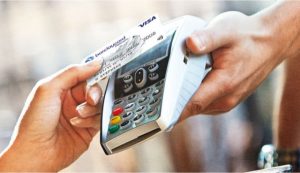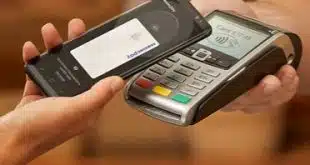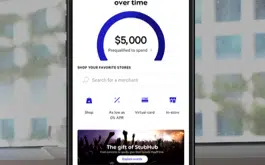It’s no secret contactless payments have struggled in the United States, but less discussed is what needs to be done to boost usage. A paucity of dual-interface cards—EMV plastic that can either be inserted into terminals or tapped on them—is much to blame, but it turns out the answer goes well beyond that gap. It lies also in a lot of basic blocking and tackling at the point of sale, a panel of expert speakers said Thursday at a payments-industry conference.
Key steps include major investments in both equipment and employee training, according to Kaylie Cohen, director of payments at the Subway sandwich chain, which invested early in the tap-and-pay technology and now has it in all 30,000 of its U.S. stores.
Cohen makes no bones about the cost of replacing dated terminals, a measure Subway took five years ago in anticipation of the U.S. move to EMV chip acceptance. “Hardware is the biggest challenge. It’s a huge challenge to ask merchants to reterminalize,” Cohen said during the panel discussion at the Strategic Leadership Forum sponsored by the Washington, D.C.-based Electronic Transactions Association and held in Dana Point, Calif.
Contactless payment relies on near-field communication technology to transmit card data to point-of-sale devices via radio waves. It took a big step forward in August when long-time holdout Costco Wholesale Corp. went live with contactless capability in its 519 stores. But merchants still have much work to do even after installing the right equipment, Cohen said. That work includes employee training and customer education, she said. “All parties have to push the messaging,” she added.
Without clerk training and customer education—partly through means as simple as in-store signage—customers who may welcome speedier contactless transactions could default to inserting their cards out of ignorance that the store accepts contactless. “We spent so much on dip, and now it’s tap-tap,” noted panel moderator Liz Ryan, an executive vice president at Wells Fargo.

And even savvy consumers may need to be induced to adopt a contactless frame of mind, said Bjorn Ovick, head of merchant solutions for Samsung Electronics Co.’s Samsung Pay mobile-wallet unit. “The biggest challenge is we’re changing a habit,” he said. “Sometimes even I forget [to use a contactless device],” he confessed. This problem should clear up, he added, as more grocery stores and other places where everyday spend occurs adopt contactless payment.
For Subway, planning was crucial, Cohen said. “Start planning now,” she advised other merchants. But planning must be smart, she added. “Some merchants reterminalized for EMV two years ago but left out contactless,” she noted.
For the sandwich chain, the ability to speed up transactions has been a huge benefit, Cohen said. “We’re increasing the speed but not increasing our cost,” she added. “It’s a huge winner for us.”
While the U.S. market has lagged well behind other countries like the United Kingdom and Canada, that may change soon. Visa says 50% of face-to-face transactions in the United States took place at contactless-enabled merchants as of June. In September last year, some 0.6% of all U.S. Visa transactions were contactless, a number the company has not updated since then, according to a spokesperson.




